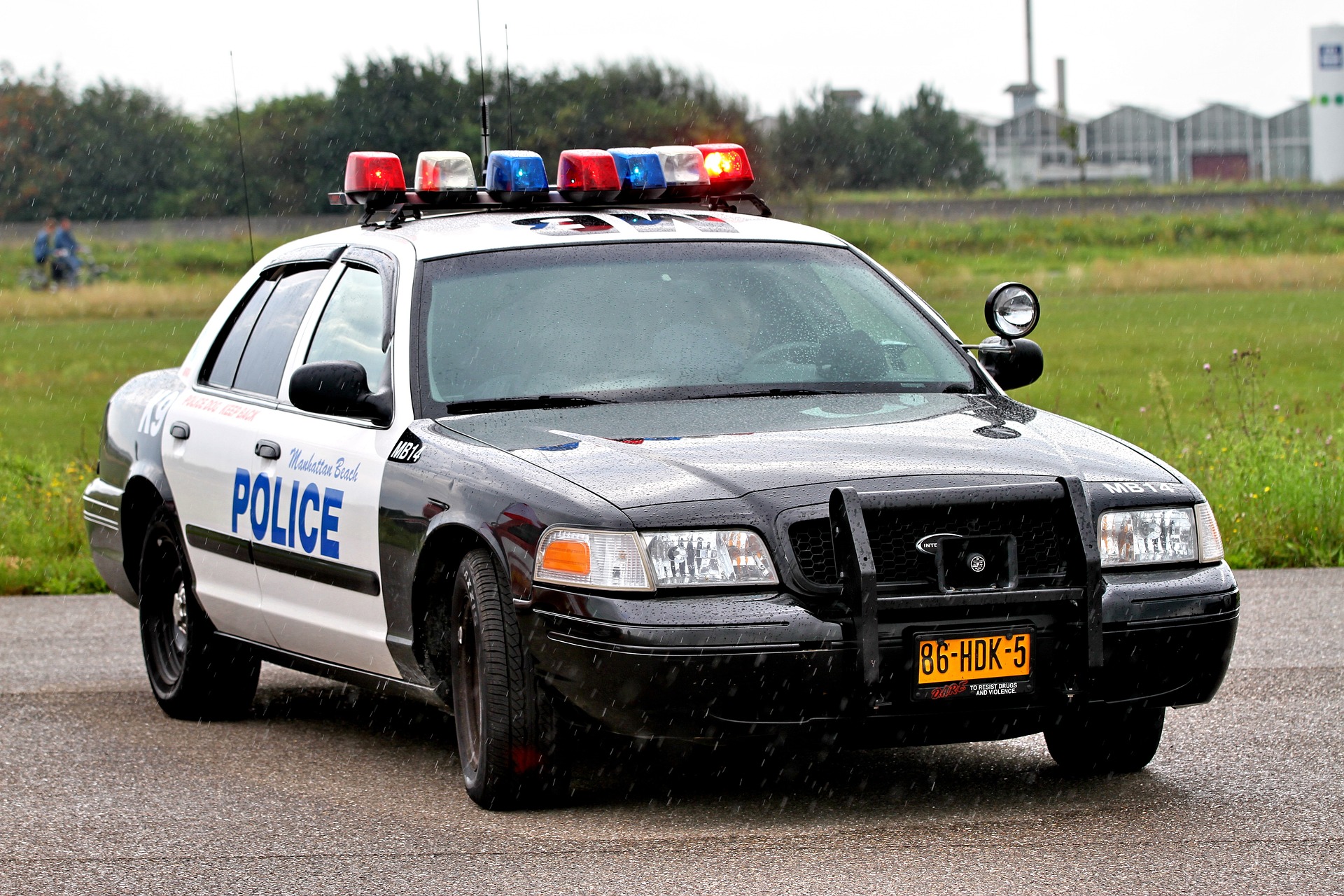Proactive Policing: Why it Matters?
Introduction
Law enforcement officers face a daunting task of ensuring the safety and security of their communities. One of the ways they do this is through proactive policing. This approach involves preventing crime before it happens rather than simply reacting to it. It is a proactive approach that requires law enforcement to take a more active role in preventing crime.
In recent years, proactive policing has come under scrutiny, with some people arguing that it can lead to racial profiling and other negative outcomes. However, when done correctly, proactive policing can be an effective tool in reducing crime and making communities safer. In this blog post, we will explore why proactive policing matters and how it can be done in a way that is fair and effective.
Section 1: The Importance of Proactive Policing
Proactive policing is essential because it helps prevent crime before it happens. When law enforcement officers take a proactive approach, they can identify potential crime hotspots and take steps to prevent criminal activity from occurring. For example, officers can work with community members to identify areas where drug dealing or other criminal activity is taking place and take steps to address the issue before it becomes a more significant problem.
Proactive policing also helps to build trust between law enforcement and the community. When officers take a proactive approach, they can engage with community members and work collaboratively to address crime and safety issues. This collaboration helps to build trust and can lead to more effective policing in the long run.
Finally, proactive policing can be more cost-effective than reactive policing. When law enforcement officers are proactive, they can prevent crime from happening, which can save resources that would otherwise be spent on responding to and investigating crimes. This approach can help law enforcement agencies to use their resources more efficiently and effectively.
Section 2: Best Practices for Proactive Policing
While proactive policing can be effective, it is essential to do it in a way that is fair and just. Here are some best practices for proactive policing:
1. Focus on high-crime areas: Rather than targeting individuals based on their race or ethnicity, law enforcement should focus on areas where crime is more prevalent. This approach helps to ensure that proactive policing is done in a way that is fair and unbiased.
2. Engage with the community: Law enforcement should work with community members to identify areas where proactive policing is needed. This collaboration helps to build trust and can lead to more effective policing.
3. Use data to inform policing decisions: Law enforcement should use data to identify areas where crime is more prevalent and to track the effectiveness of proactive policing strategies. This approach helps to ensure that policing decisions are based on objective data rather than subjective biases. Using data to inform policing decisions is a crucial aspect of effective law enforcement.
In today’s data-driven world, law enforcement agencies have access to a wealth of information that can help them make informed decisions about their policing strategies. Conducting community surveys is one way to measure the effectiveness of proactive policing measures. By soliciting feedback from community members, law enforcement agencies can gain valuable insights into how their proactive policing efforts are being received and whether they are having the desired impact. This information can then be used to refine policing strategies and ensure that they are meeting the needs of the communities they serve.
Section 3: The Effectiveness of Proactive Policing
Research has shown that proactive policing can be effective in reducing crime. For example, a study conducted in Kansas City found that proactive policing strategies, such as foot patrols and community policing, reduced crime by 10% to 20%. Another study conducted in New York City found that proactive policing strategies, such as stop-and-frisk, reduced crime by 6% to 7%.
However, it is important to note that proactive policing can have negative outcomes if it is not done correctly. For example, if officers use proactive policing as an excuse to engage in racial profiling or other biased practices, it can harm the relationship between law enforcement and the community.
Conclusion
Proactive policing is an essential tool in reducing crime and making communities safer. When done correctly, it can help to prevent crime before it happens, build trust between law enforcement and the community, and use resources more efficiently. By following best practices for proactive policing, law enforcement can ensure that this approach is done in a way that is fair and effective.






